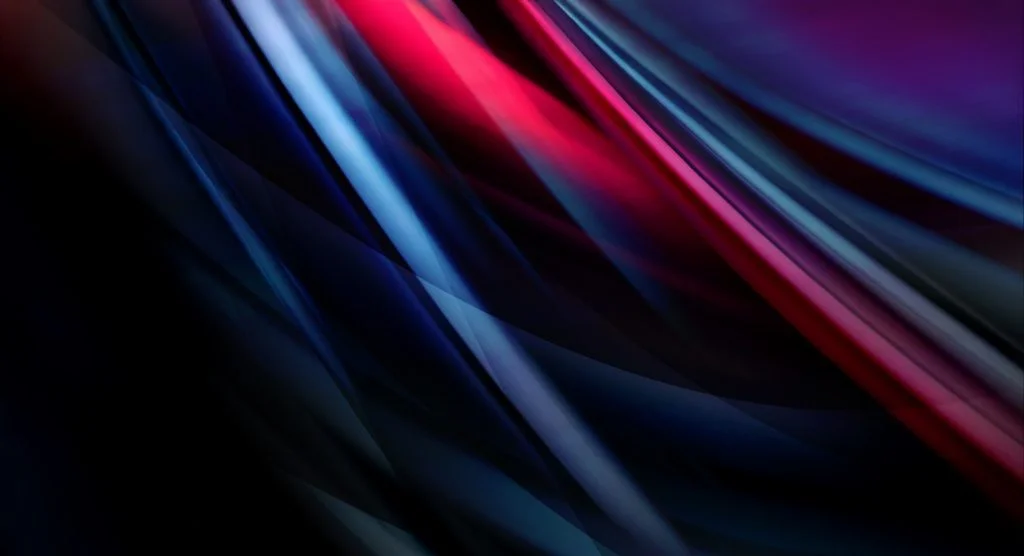What are Person-to-Person Instant Payments?
Why are banks so keen on supporting these person-to-person use cases? How can they do so effectively and mitigate the associated risks? And what happens if they don’t?
First of all, why do so many instant payment initiatives start in this space?
It might surprise you, but it’s generally not a highly profitable market. Consumers often pay significantly less than businesses for their account-to-account transfers. There are also no lucrative interchange fees in this space like there are for person-to-business payments, which are typically in the dominion of the card networks.
As a result, banks or wallet providers can introduce instant payments in this space without cannibalising any significant existing revenue streams.
They can leverage P2P payments to iron out any kinks and to quickly build up an extensive user base, which can subsequently be leveraged to commercialise the payment method as a low-cost alternative for card payments to merchants.
The amounts sent between family and friends – splitting a bill, paying for coffee – are relatively small, allowing for payment service providers to limit the risk when they instantly clear real-time payments without the availability of instant settlement rails.
Finally, these real-time P2P payments can be positioned as a premium product allowing for banks to charge incremental revenues. However, our European experience suggests that competition will quickly drive those premiums to zero.
So what does it take to bring a good P2P product to market?
Instant payments immediately hit the account of the beneficiary, without the possibility of effectively canceling or recalling the transaction. This makes the payment method incredibly attractive for fraudsters. We unfortunately often see a sharp rise in authorised push payment fraud in markets introducing real-time payments.
Banks need to ensure they have high-performing fraud detection capabilities and should seek to enable their customers to make better decisions by providing them with pre-validation and account proxy services.
Additional challenges for banks can arise when there are a multitude of P2P instant payment rails in a market; many of them being closed-loop systems. Although these systems are not natively interoperable, banks need to shield their users from this complexity and provide an illusion of interoperability. This problem is further compounded when many retail users don’t have bank accounts, so there is a need for pay-to-card and pay-to-mobile solutions.
Users across the world are coming to expect cheap real-time payments to support their person-to-person transfers. If banks fail to address this need, they will have their lunch eaten by new entrants and fintechs that can provide this service to their clients.
Where do you stand in your journey to instant payments? What are the challenges you’ve faced in addressing person-to-person payments? Please comment below or reach out to us, we’re happy to help.
In our next installment of the series, we’ll be looking at person-to-business payments, a highly lucrative but difficult to break into the market.
Check out all the episodes of Instant Payments in 100 Seconds:
Share this post
Written by

RedCompass Labs
Resources




